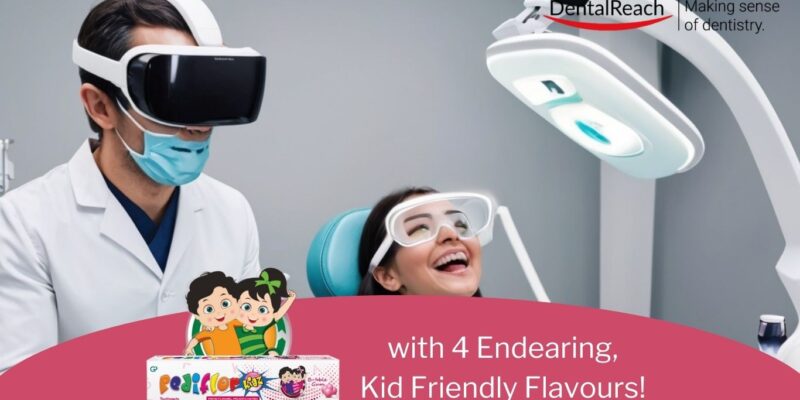Keywords Dental courses
In recent years, the field of dentistry has witnessed significant advancements, leading to a transformation in the way dental professionals are trained. Dental courses have evolved to encompass a wide range of specialized areas, reflecting the diverse needs of both patients and practitioners. In this blog post, we delve into the latest trends shaping dental education and highlight the key areas of focus in modern dental courses.
1. Digital Dentistry: Revolutionizing Treatment Methods
Digital technologies such as CAD/CAM systems, 3D printing, and intraoral scanners have revolutionized various aspects of dentistry. Dental courses now emphasize training in digital workflows, enabling students to leverage cutting-edge tools for treatment planning, restoration design, and fabrication. Hands-on experience with digital platforms equips future dentists with the skills needed to deliver precise, efficient, and patient-centric care.
2. Specialized Training in Implantology and Prosthodontics
With the growing demand for dental implants and prosthetic solutions, there’s a heightened focus on specialized training in implantology and prosthodontics. Dental courses offer comprehensive modules covering implant placement techniques, bone grafting procedures, and the latest advancements in implant-supported restorations. Students gain proficiency in treatment planning, case selection, and interdisciplinary collaboration, preparing them to address complex cases with confidence.
3. Integrating Oral Health and Systemic Medicine
The connection between oral health and systemic well-being is increasingly recognized, leading to a shift towards integrated healthcare models. Dental courses now include interdisciplinary modules that explore the link between oral diseases and conditions such as diabetes, cardiovascular diseases, and respiratory disorders. Students learn to assess patients comprehensively, identify systemic risk factors, and collaborate with healthcare professionals to optimize patient outcomes.
4. Focus on Minimally Invasive Techniques and Biomimetic Dentistry
Minimally invasive dentistry techniques and biomimetic principles are gaining prominence due to their emphasis on preserving natural tooth structure and promoting long-term oral health.Dental courses incorporate training in adhesive dentistry, conservative cavity preparations, and biomimetic restorative materials. Students are encouraged to adopt a holistic approach to treatment, prioritizing preservation, durability, and aesthetics while minimizing intervention.
5. Embracing Tele-Dentistry and Virtual Learning Platforms
The COVID-19 pandemic accelerated the adoption of tele-dentistry and virtual learning platforms, reshaping the landscape of dental education.Dental courses now integrate virtual simulations, online lectures, and tele-mentoring programs to enhance accessibility and flexibility. Students have the opportunity to engage in remote clinical consultations, case discussions, and continuing education activities, facilitating lifelong learning.
Conclusion
As the field of dentistry continues to evolve, dental courses play a pivotal role in preparing future professionals to navigate the complexities of modern practice. By embracing emerging trends such as digital dentistry, specialized training, integrated healthcare approaches, minimally invasive techniques, and virtual learning platforms, dental education remains at the forefront of innovation, ensuring the delivery of high-quality, patient-centered care in an ever-changing healthcare landscape.




















Comments